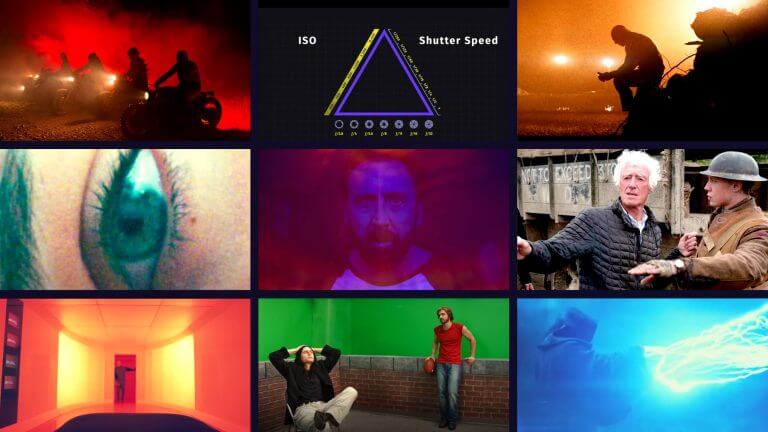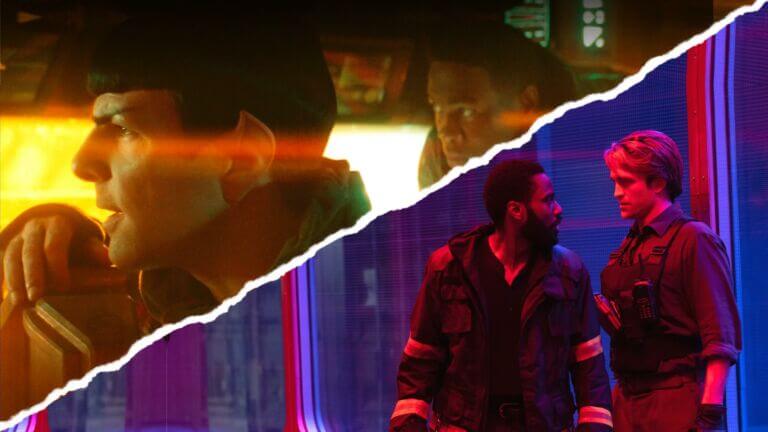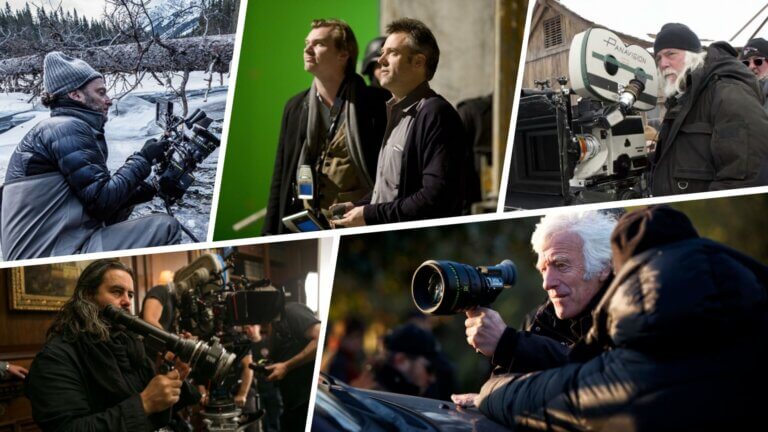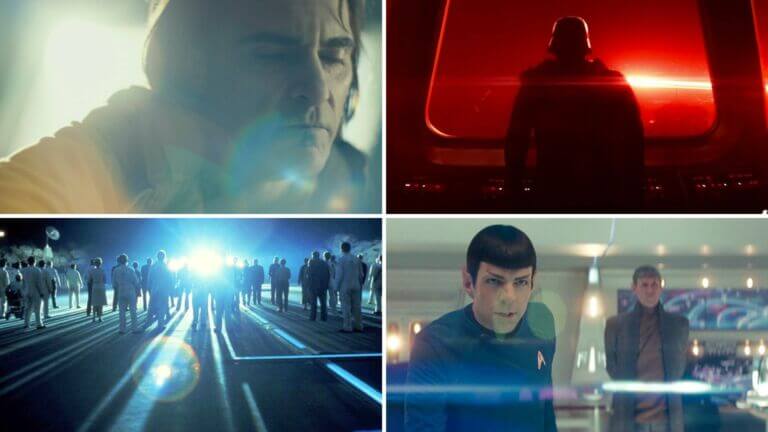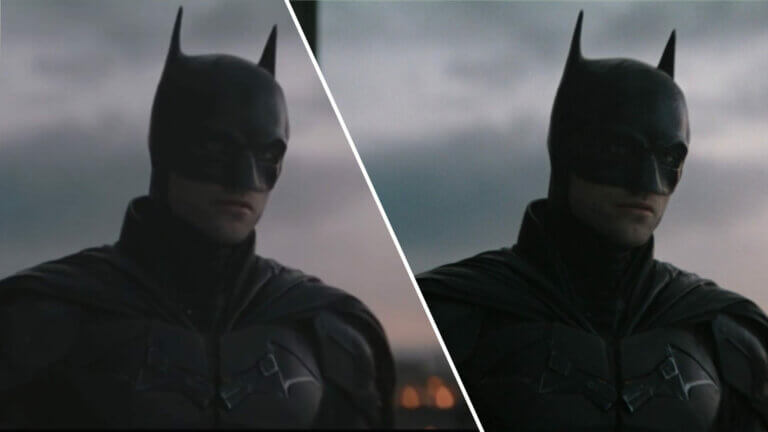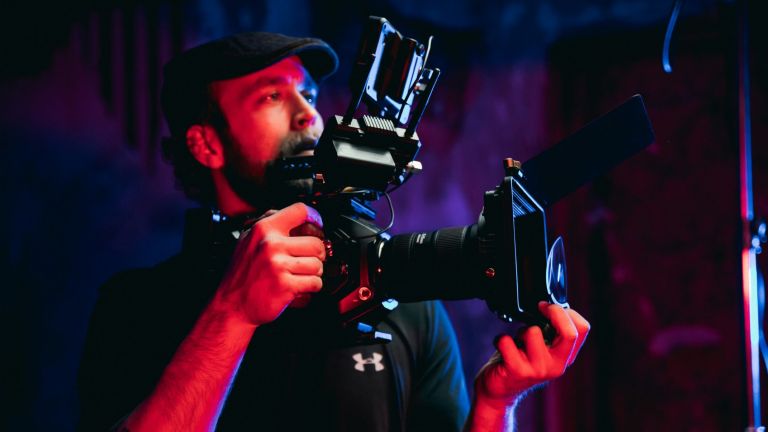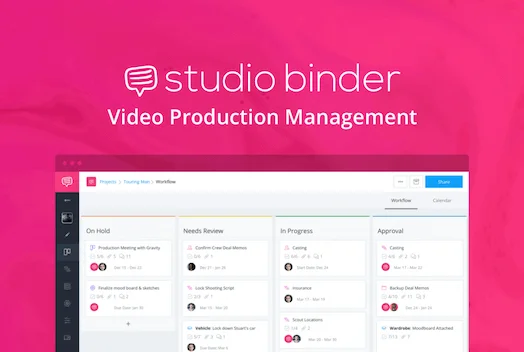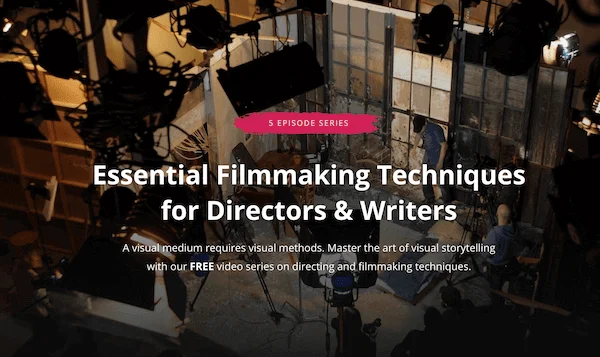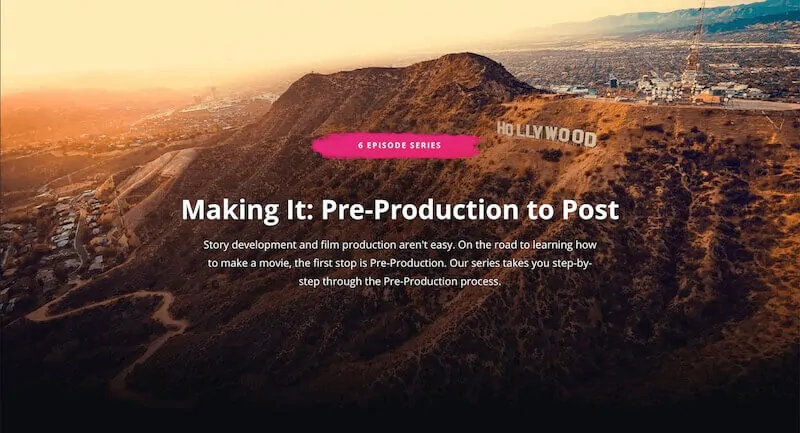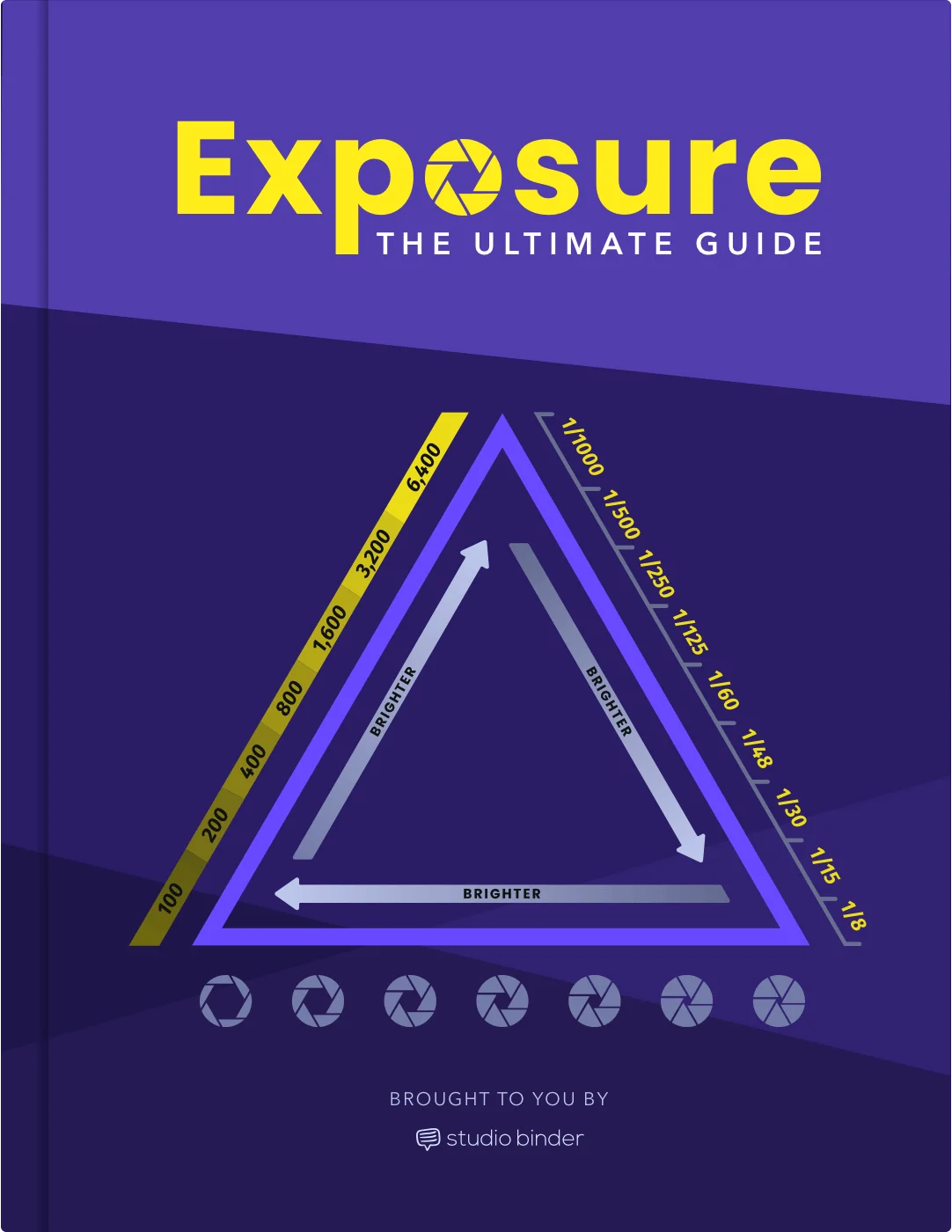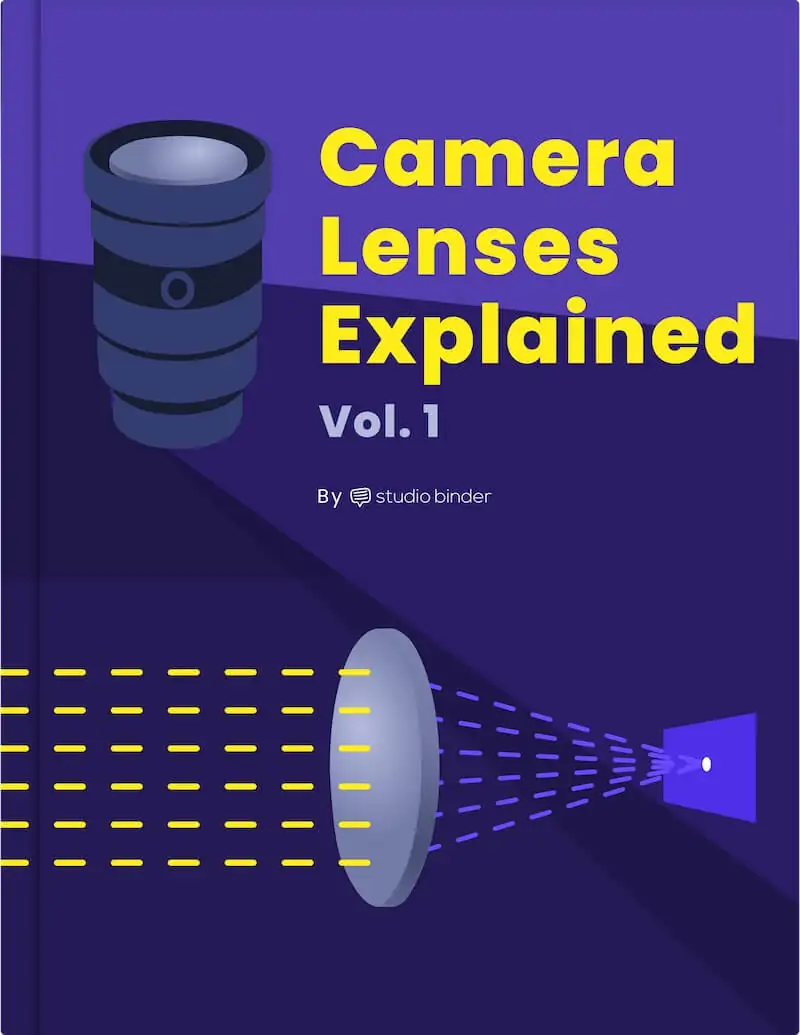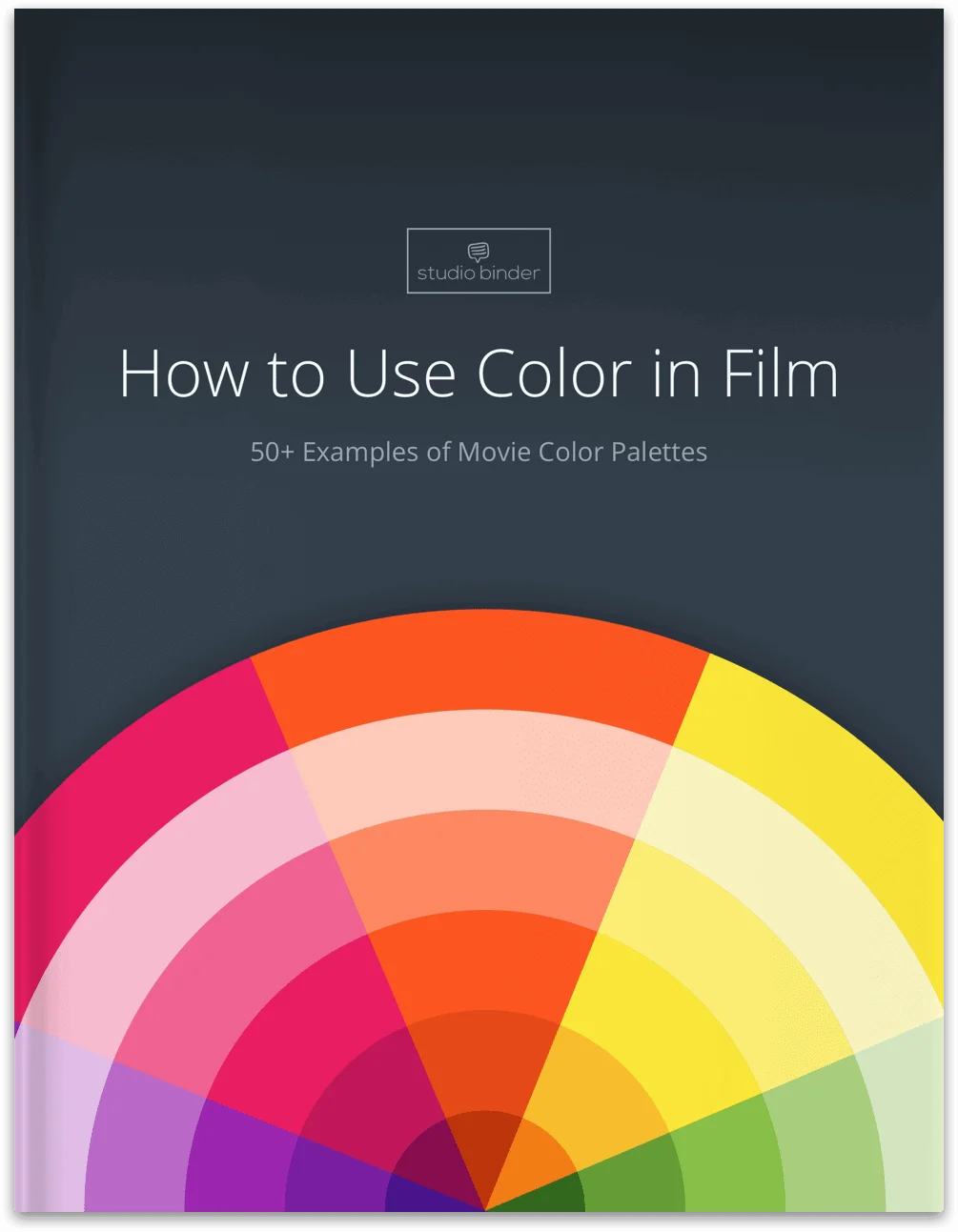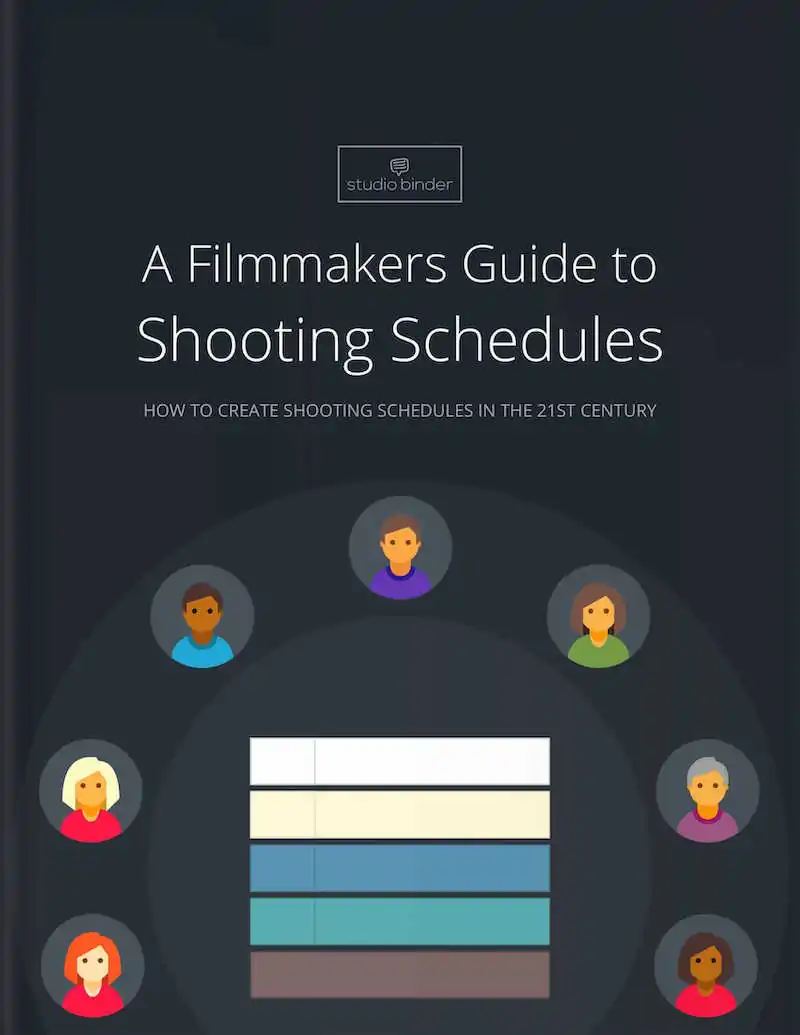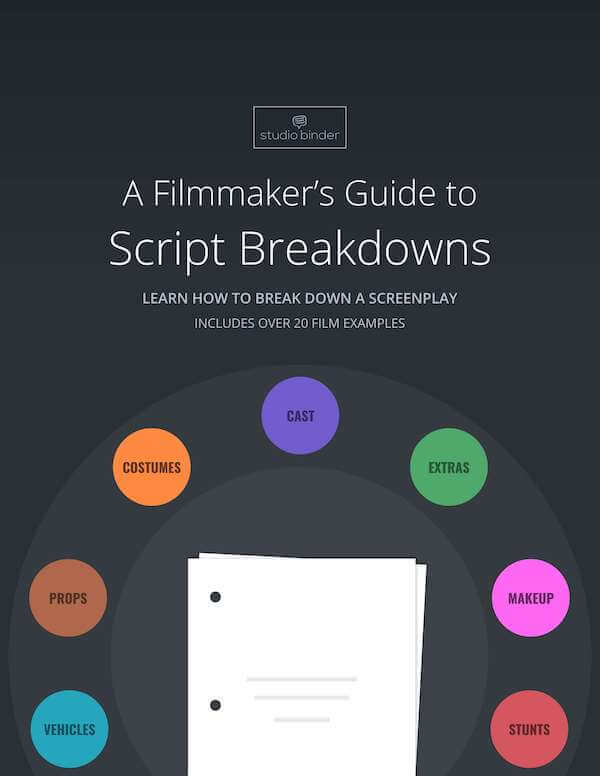ISO is an essential part of photography – but it can be tricky to understand how it differs from the other pillars of the exposure triangle: aperture and shutter speed. If you’re confused, you’ve come to the right place. We’re going to explain what ISO means by defining the term, as well as by looking at some common ISO values and examples. By the end, you’ll have a complete beginner’s guide to ISO.Continue reading A Beginner’s Guide to ISO in Photography
What does tank-warfare and the aspect ratio of movies have in common? Anamorphic lenses! These technological marvels are legendary in the world of cinematography. Over the past 100 years, Hollywood has constantly experimented with various innovations, seeking not just to push creativity but to increase profit. A brief journey through history will help us appreciate the anamorphic format and its unlikely invention and popularity. And if you're a filmmaker looking to get that "anamorphic lens look," we'll go over all the visual characteristics that will get the job done. Continue reading What is an Anamorphic Lens? How to Get that Cinematic…
We’ve discussed the basics of exposure — overexposure, underexposure and what camera settings control it. But what is double exposure? It isn’t a difficult technique to master, it just takes a little practice. In this post, we'll cover the basics behind this style with some tutorials on how to do double exposure in Photoshop. Let’s define it and learn how to capture it so you can produce creatively unique images on demand.Continue reading What is Double Exposure? Techniques in Photography and Film
Cinematographers obviously play a vital role in making a film, but what decisions do they make on a daily basis? The cinematographer's primary goal is to capture the director's vision. Using lighting, camera, and composition techniques, a DP translates that vision into images. This post goes over the common considerations with explanations from working professionals. Let’s jump in so we can answer that age-old question: what does a cinematographer do?Continue reading What Does a Cinematographer Do? DP Wally Pfister Explains
If you’re a photographer or cinematographer, chances are you’ve used ambient light, whether you’ve known it or not. This type of light is everywhere, and can make or break your image — sometimes it helps, sometimes it's unwanted. So, what is ambient light? In this article, we’ll walk through what ambient illumination is, and how you can use it to your advantage for your next shoot.Continue reading What is Ambient Light — Lighting Techniques Explained
What is lens flare? It’s probably appeared on some of your photos or footage. Sometimes it ruins images, and sometimes it surprises you and makes you feel like you are the greatest photographer in all the land. If you’re an aspiring photographer or filmmaker, though, you’ll probably want and need more control over your images. So, once we determine what is lens flare, we’ll provide some suggestions for how to avoid it and how to capture it.Continue reading What is Lens Flare? How to Get It & How to Avoid It
Although we often overlook it today, the breathtaking clarity of cinematography is a relatively recent development. Not too long ago, the images that graced the screens of cinemas and our homes were often filled with graininess and blurriness. However, everything changed with the advent of high-definition technology. High definition, or HD, is therefore not just a buzzword but a significant leap in visual fidelity. But what is high definition, and what is the science behind the technology?Continue reading What is High Definition — History, Types & Impact
As an inherently visual medium, cinema massively depends on the craft of cinematography. And behind brilliant cinematography is a brilliant cinematographer. As a role that is quite literally behind the camera, the cinematographer’s role is often misunderstood. What is a cinematographer and what do they do? In this article, we’ll provide some clarity on what a cinematographer is, what they are responsible for, and the steps you can take to become one. Continue reading What is a Cinematographer — And How to Become One
By this point in time, there is a strong chance you have at least heard of IMAX. It’s often sold to potential customers as the most immersive way to watch a movie, featuring a larger-than-average screen and the highest quality imagery and sound. The ticket price is higher, too. But what is IMAX, and how did it go from a speciality format often seen in museums to a common option found at many multiplexes?Continue reading What is IMAX and How It Changed the Way We Watch Movies
A good shot list maximizes shooting time and limits downtime across all departments. In this post, we lay out the essentials of a shotlist with pro-tips on best practices.We're also going to walk you through StudioBinder's shot list module so you can maximize your productivity. In the end, we've provided a shot list template pdf that you can use outside of StudioBinder.Alright, time to start shot listing!Continue reading The Only Shot List Template You Need — with Free Download
